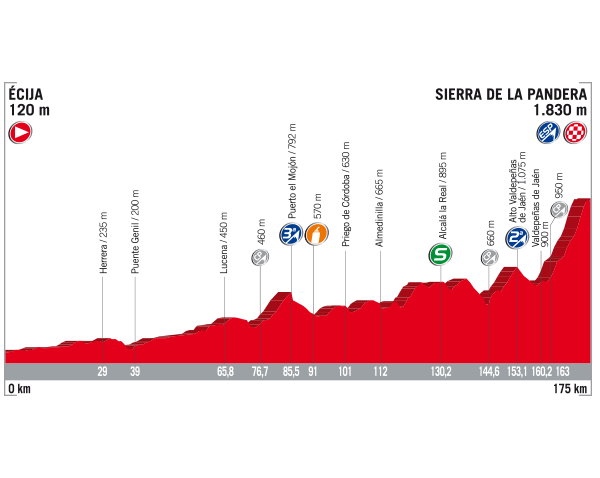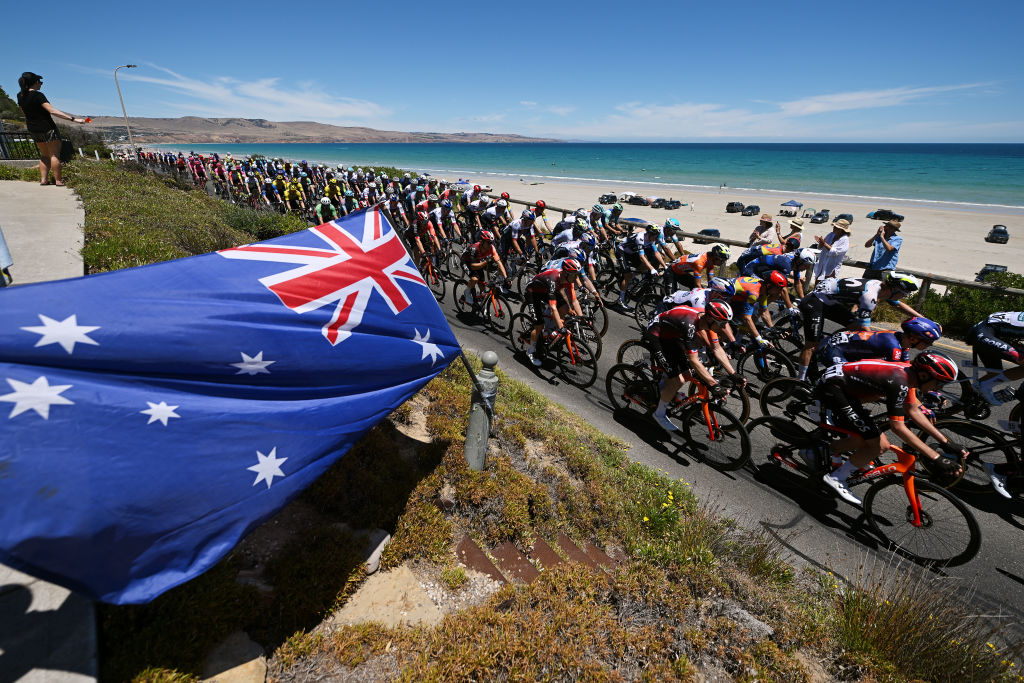Vuelta a Espana heads back to the mountains at La Pandera
Delgado: 'Being well placed at the foot of the climb is crucial'
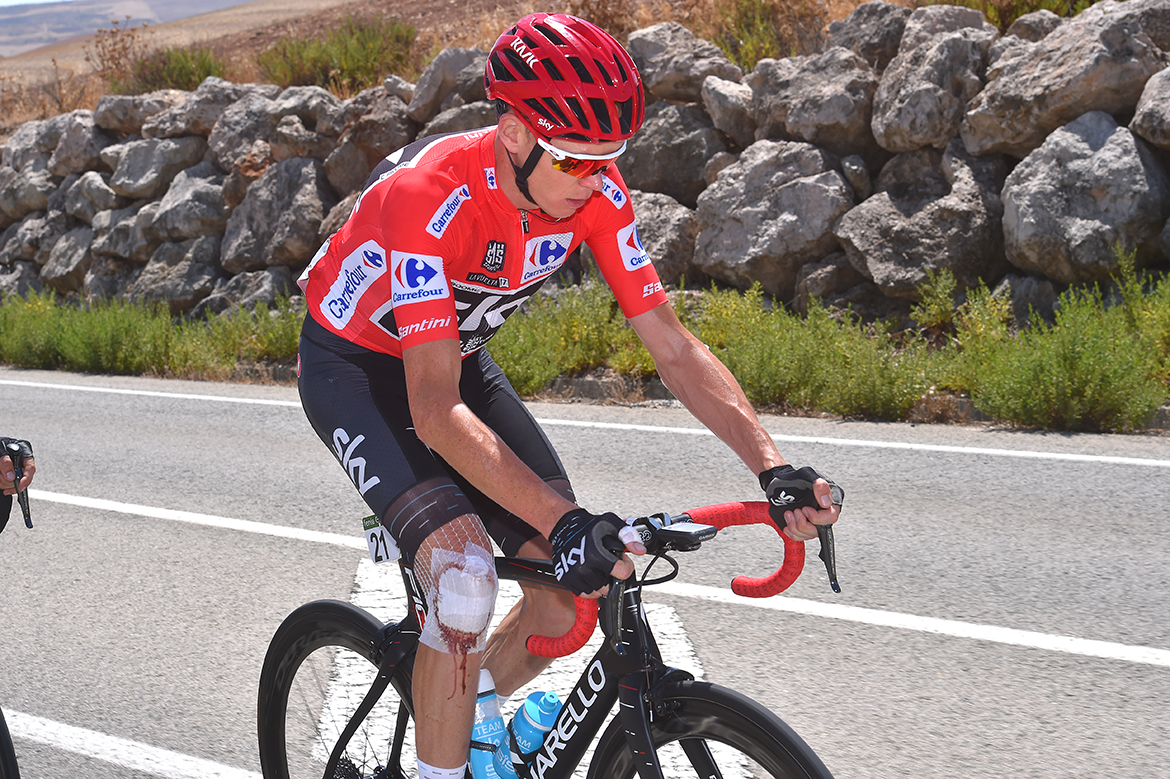
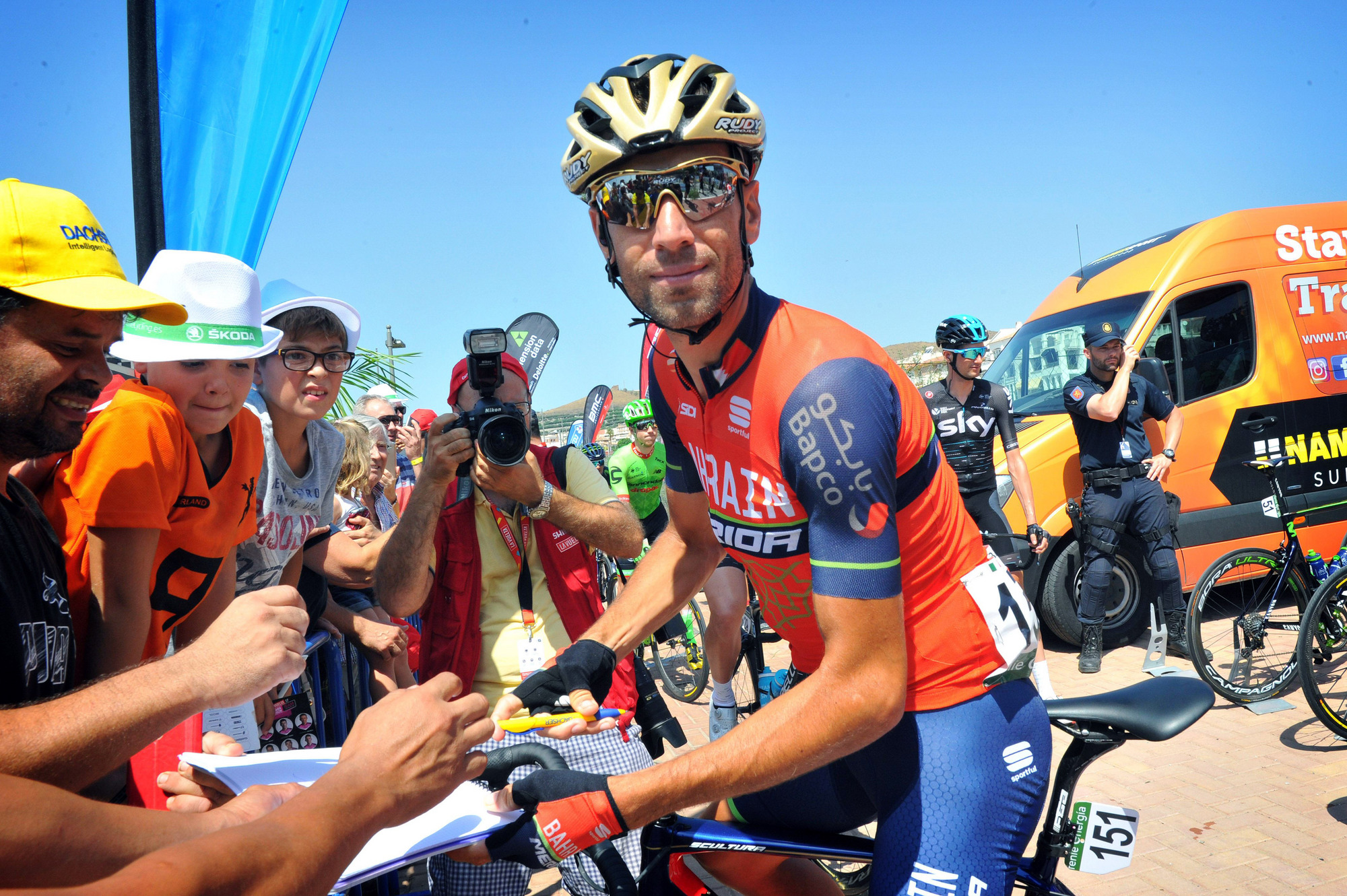
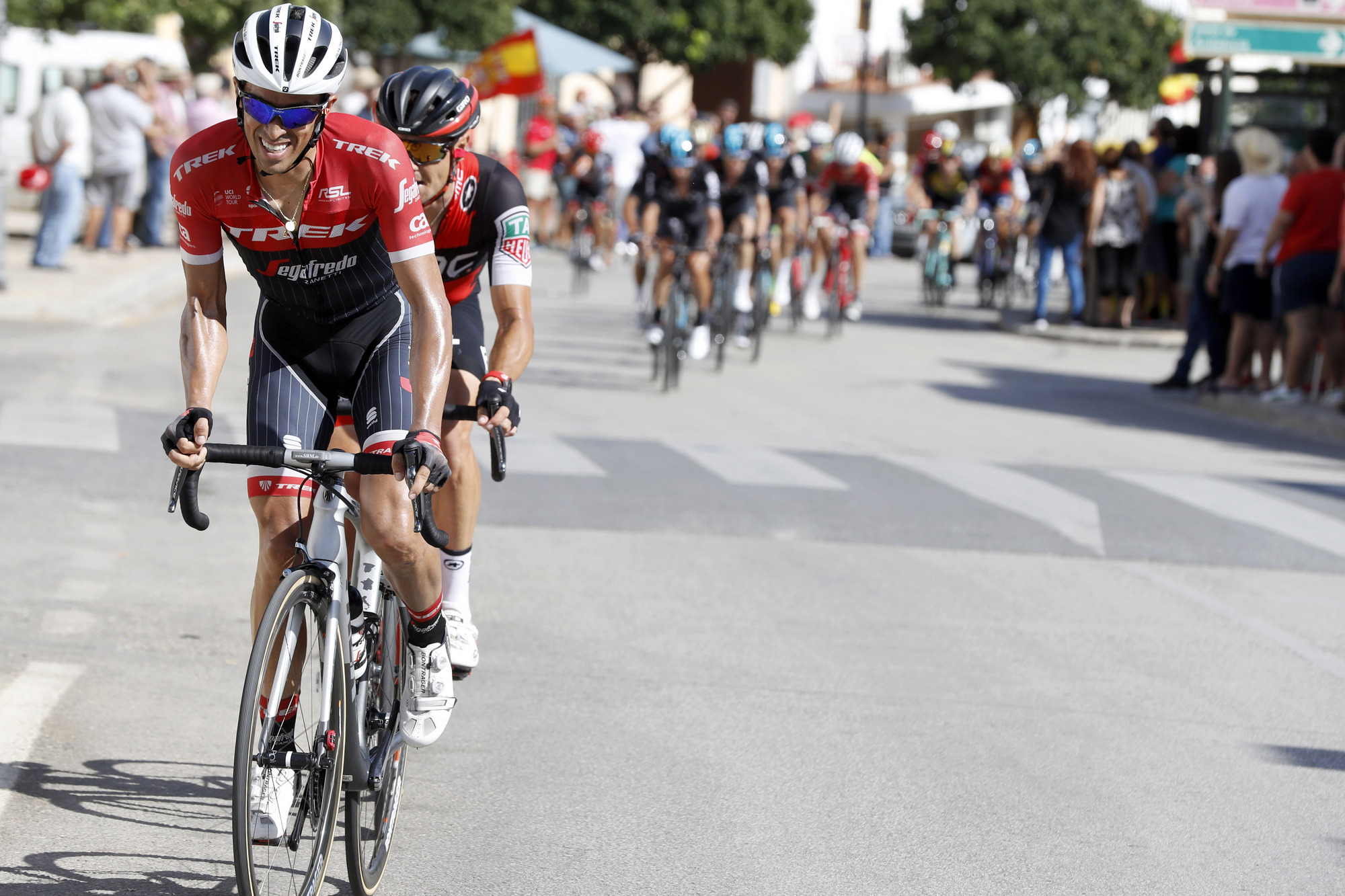
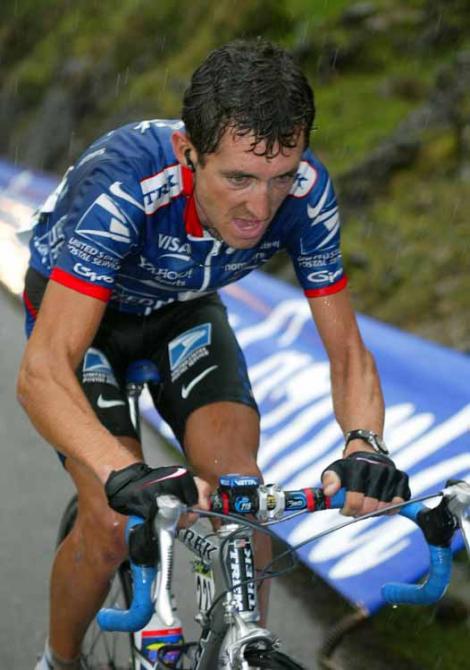
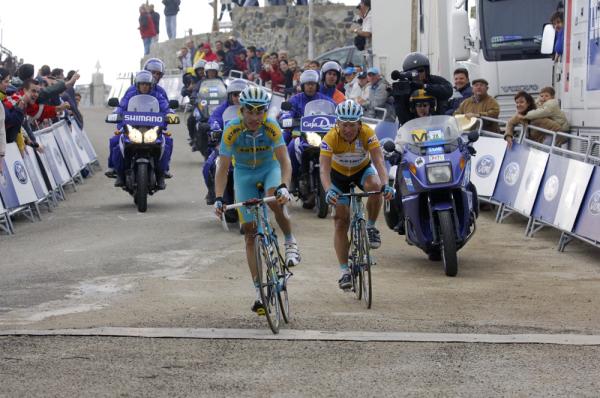
The Vuelta a España heads back to the hills with a vengeance on Saturday as the race tackles the second of its three summit finishes in Andalusia, Spain's most southerly region.
While Wednesday's ascent to Calar Alto was extremely tough because of its altitude, the sheer amount of vertical metres of climbing and the atrocious weather conditions, the ascent itself is not so difficult, as Igor Anton, who won there in 2006, told Cyclingnews. But La Pandera, the first of the 2017 Vuelta's four summit finishes to be rated Hors Categorie – together with Sierra Nevada (stage 15), Los Machuchos (stage 17) and, of course, the Angliru (stage 20) – is another story altogether.
Rearing up to 1,872 metres above sea level, the road on the 12-kilometre La Pandera climb is – barring the start – relentlessly narrow, steep, badly surfaced in places and with very few false flats.
Although the climb technically starts on the 'A' road that precedes la Pandera, the 'real' ascent begins after a couple of kilometres when the race swings right off the main A road and onto the steeply rising narrow track through the olive groves that proliferate in the region, nine kilometres from the summit.
Positioning will be crucial, as 1988 Tour de France winner Pedro Delgado observed in his special previews for Spanish television TVE, Pericopuertos. "You have to be well placed right from the foot of the climb even if the bunch is lined out by this point. Very near the bottom, after a couple of kilometres, it immediately gets tough, with a ramp of 15 percent," Delgado said, adding of the moment the road swings hard right onto the steeper segment: "This is where the fiesta will start. Slam it in the small ring and get ready to die."
After seven kilometres of constantly varying gradients between three percent (not many of these) and a maximum of 13 percent (four kilometres from the top) on a narrow road going up through a rocky, empty mountain landscape, there is a brief respite very close to the top as the road swoops down. Then the final kick up at eight percent takes the race to the summit of the climb. "It's more likely that we'll see an attack by one of the top GC contenders today than in Sierra Nevada on Sunday," Delgado concludes.
Calculated by Andalucian pro Luis Angel Maté (Cofidis), aka The Lynx of Marbella, as taking around 40 minutes to complete, La Pandera is a relative newcomer to la Vuelta. It began to be used in the early noughties when an inhabitant of Valdepeñas de Jaén, the village at its foot, discovered in 2001 that the climb, previously part of a military base, was open to the public. The woman sent a letter to Unipublic, the race organisers, telling them about the climb, and in 2002 it was first tackled, with victory going to Roberto Heras, who placed second overall that year.
The latest race content, interviews, features, reviews and expert buying guides, direct to your inbox!
La Pandera was last used in 2009, with victory going to Damiano Cunego, but it has also helped cement other riders' positions on the final podium, such as Andrey Kashechkin when he and Alexandre Vinokourov took first and third place overall for Astana in 2006.
On a day of 3,400 metres of vertical climbing, and lots of unclassified ascents that will surely tax the riders' energy even before they reach the foot of the race's fifth summit finish, the other main climbing challenge, which immediately precedes La Pandera, is the winding but not excessively hard second category climb of Valdepeñas de Jaen.
From its summit, 1,075 metres above sea level, there is an equally twisty drop down to a village of the same name, Valdepeñas de Jaén, which will then see the riders tackle a short but notoriously steep ascent through the pueblo. This short, steep, narrow climb in the village reaches over 20 percent in places, and was itself used as a stage finish on three occasions, with wins for Igor Anton, Joaquim Rodriguez and Dani Moreno in 2013. Both Anton (Dimension Data) and Moreno (Movistar) are, of course, in the Vuelta this year.
After these preludes, which might see some early moves go clear after a fast, tricky descent, and the segment along the 'A' road, the race route swings hard right and onto La Pandera itself, which has the potential to shake up the general classification. Chris Froome (Sky) is currently 59 seconds clear of Vincenzo Nibali (Bahrain-Merida), with Esteban Chaves (Orica-Scott) in third, at 2:13.
One piece of good news for the riders: the weather forecast is for warm sunny weather this afternoon, with no rain. But as Delgado predicts, the GC time gaps at the top of the climb will be hefty nonetheless.
Alasdair Fotheringham has been reporting on cycling since 1991. He has covered every Tour de France since 1992 bar one, as well as numerous other bike races of all shapes and sizes, ranging from the Olympic Games in 2008 to the now sadly defunct Subida a Urkiola hill climb in Spain. As well as working for Cyclingnews, he has also written for The Independent, The Guardian, ProCycling, The Express and Reuters.
